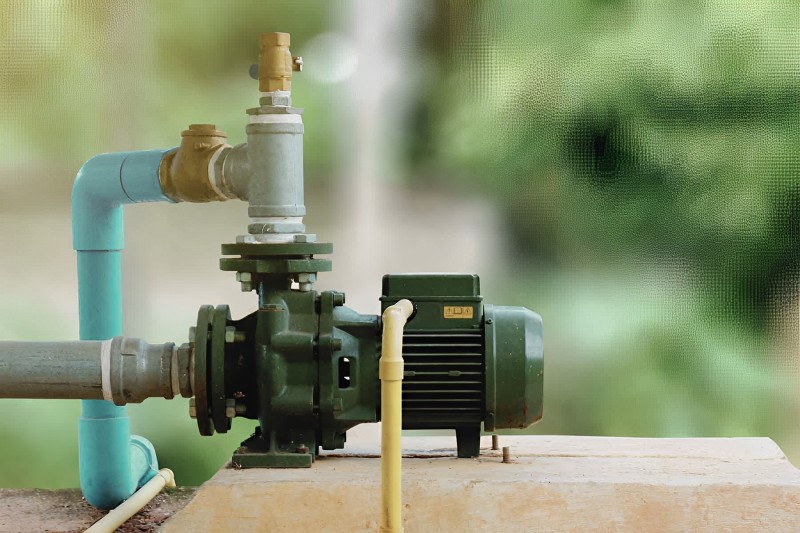Water well pumps are vital for households, businesses, or agriculture owners who rely on wells for freshwater supply, especially in arid regions like Fallon, NV. Well pumps can, however, wear out and require replacement over time. Since malfunctioning pumps can compromise the only reliable water source, it is necessary to take prompt action and contact professionals specializing in water well pumps in Fallon NV, for replacement.
It is essential to determine the common signs indicating the high time of replacing a malfunctioning well pump. Reduced water pressure, Unusual sounds, irregular water supply, and blocked water supply are common indicators. If you suspect any such signs, consider replacing the pump. Walk through our blog to acknowledge the steps in returning the well pump. Let’s commence!
Steps Involved in Replacing the Well Pump
● Safety First
Prioritize your safety and ensure you wear safety gear, including safety goggles, gloves, and proper footwear. Check if the area is well-ventilated to prevent health risks.
● Turn Off the Power/Water Supply
Turn off the power and water supply before commencing any work. Taking necessary precautions can help to prevent potential risks, leaks, injuries, or shocks.
● Gather Tools
Gather the necessary tools and materials needed to replace the pump. This includes a pipe wrench, pliers, Teflon tape, a rope or cable, a hose, and a new replacement pump. Make sure you select the pump that meets your specific needs.
We prefer top-notch water pump products in Bishop CA, to ensure the system’s longevity.
● Drain the water from the Well Tank
Turn on all the faucets to allow the water to release out and relieve any pressure within the plumbing system. Use a gardener hose to empty the tank of any leftover water. Doing so makes it safer to work.
● Disconnect the Old Pump
Disconnect the old pump from the well casing using a pipe wrench carefully by disconnecting the pump from the drop pipe, cutting off electrical connections, and loosening the valve fittings.
● Remove the Existing Pump
Determine the type of pump you have. For a submersible pump, lower the pump hoist, securely attach a robust rope or cable to the pipe and pull out the old pump. Since submersible pumps are heavy and relatively more oversized, it is risky for an individual to remove the pump alone. It is wise to seek assistance while drawing. When dealing with a jet pump, disconnect and remove it from the piping. Apply Teflon piping tape at the pipe threads when replacing well pumps to ensure a good seal to prevent water leaks.
● Install the New Pump
Carefully lower the replacement pump to fit correctly inside the casing at the correct depth. Following the instructions as directed in the manual, firmly install the pump. Reattach the electrical wiring using the same setup as the previous pump. Additionally, make sure the plumbing connections are tightened after reconnecting.
● Prime the System, Turn On Power, and Test
Prime the system after installation. Doing so can release air from the system. Allow the tank to fill up the water. Turn on the power supply and inspect if the new pump operates appropriately. Examine the system for any leaks and monitor water pressure to ensure the optimal functioning of the system.
Conclusion
Since replacing a well pump is a daunting process that needs expertise and the right tools, it is wise to consult professionals. Experts ensure a reliable and efficient replacement process. Regular maintenance and inspection save you from costly repairs and replacements and promote the system’s longevity.
